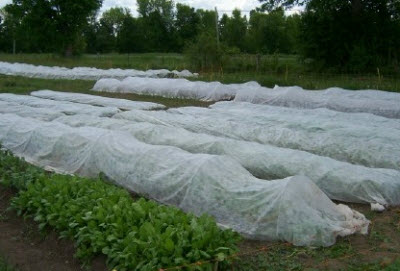Click below to listen to my 2 min. Garden Bite radio show: Diagnosing dilemmas
Audio PlayerWhy do my leaves lay over? How come they’re yellow? What are those holes in the leaves? My plant just doesn’t look healthy, what’s wrong? UGH, I think the toughest part of gardening is trying to figure out why a plant isn’t thriving!
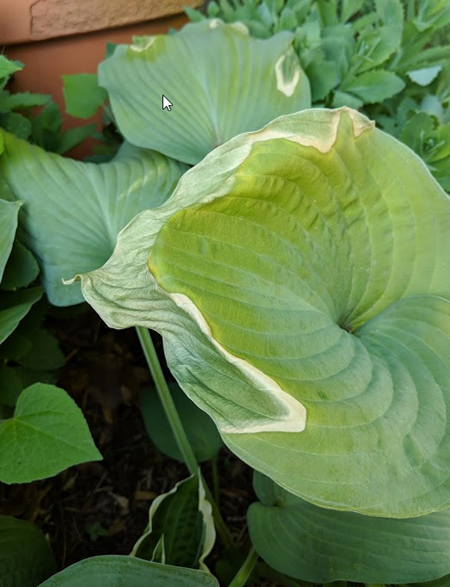
The above hosta and some of it’s pals had this, from just THREE days of hot weather! At first I though it might have been chemical damage because the scorch showed up when our temperatures dropped to 40 degrees overnight and highs in the mid 60’s! I FORGOT we actually had some heat!
Is it an insect, is it a disease, are my plants getting the nutrients they need. Enough water, too much water? Maybe this particular plant doesn’t like afternoon sun or one day you’re looking down on something that makes you go “eeewww, what’s that?”
I know enough to know that I will be forever learning. Especially when it comes to diagnostics. There are a number of good books and the University of Minnesota Extension has some diagnostics tools.
Sometimes it’s easy. Like seeing the foamy stuff surrounding spittlebugs. I squished a bunch in my butterfly garden earlier this season.
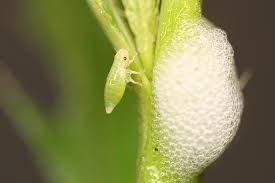
And Aphids, because they’re on nearly everything and you can just give them a good blast of water to kill ‘em. I just ran my fingers along the stems of my monarda. Sounds gross but it’s effective!
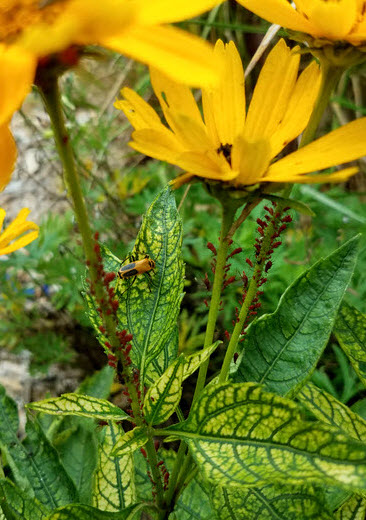
Lady beetles love to eat aphids! NOT Asian beetles! Here is some great information from Plunkett’s pest control on these two bugs. Asian beetles are an invasive pest.
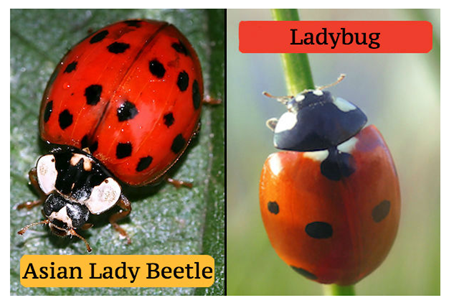
The rose sawfly already went after my Easy Elegance ‘Kashmir’ rose. It’s the little larva that eat the leaves.
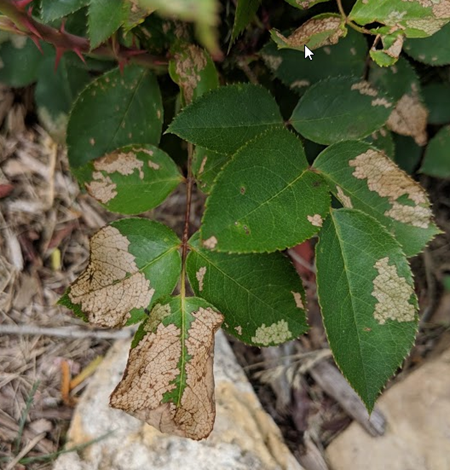

Many times diagnosing a problem is not so easy. Years ago I had something eating away the leaves on my grapes. After a closer look, I could see lots of little black worms. After looking through books and going online I found a picture of exactly who the culprit was, Flea Beetle larva.

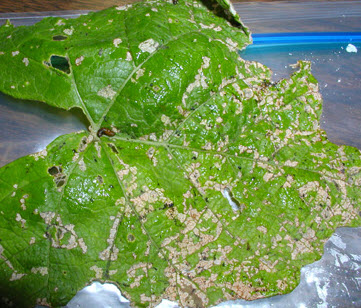
Before using any chemical, know what you’re dealing with.
Floating row covers can help deter lots of insects. They’re typically plastic covers you place over your plants using hoop stakes to keep them above the growth of your plants.
